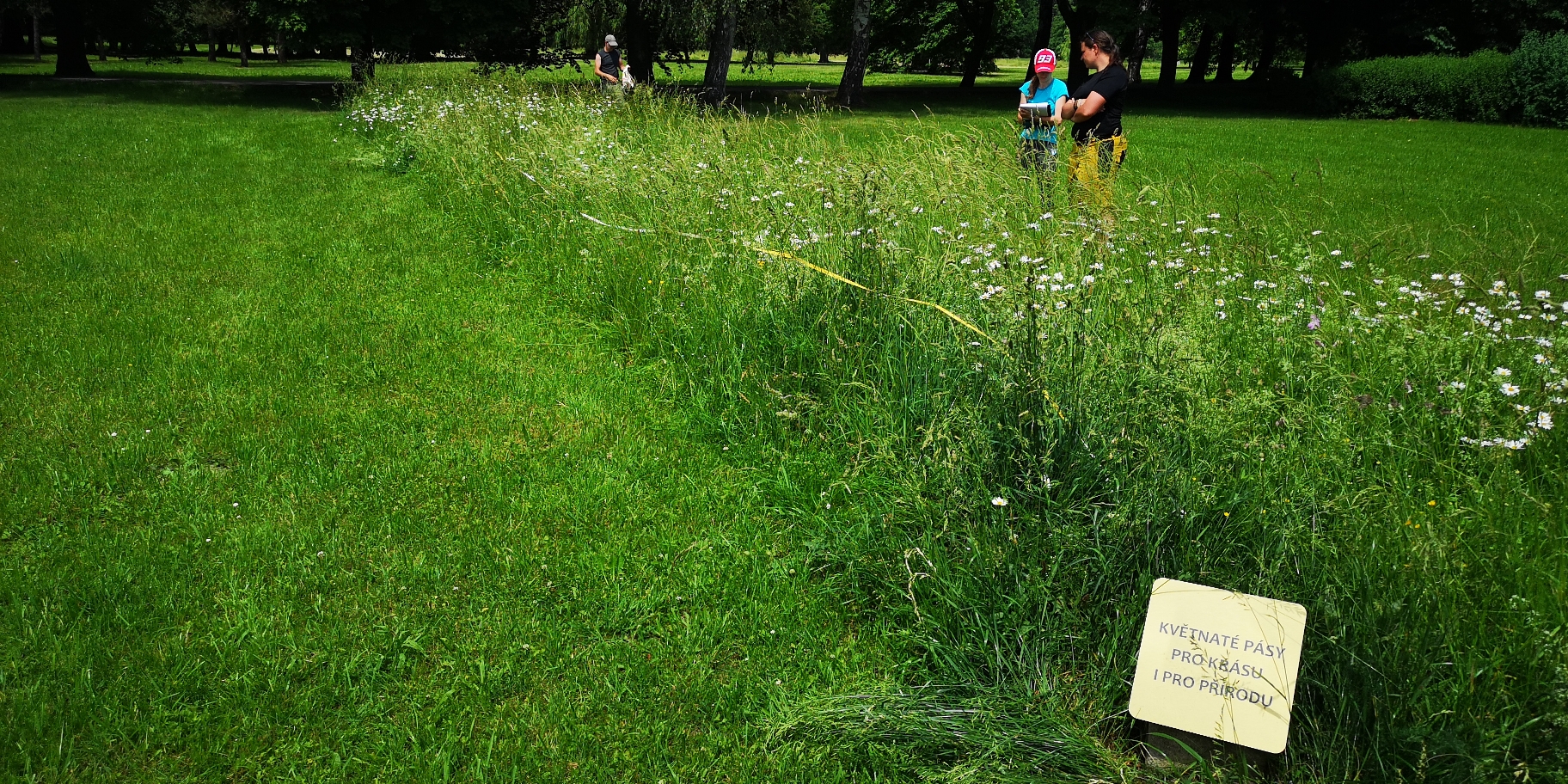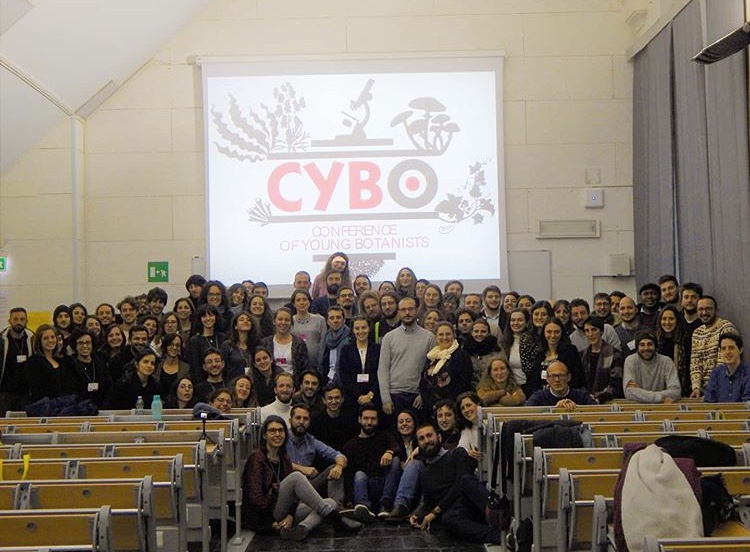
Our italian colleague and member of our restoration group Chiara Toffolo participated at the Conference of young botanists in Genova which was held on 6 – 7th of February. Chiara has presented our budding database of succession seres across Europe (EDaSS) during session „Vegetation science, macroecology and biogeography“.
We are hoping that our project will attract new scientists and we will be able to collect interesting data dealing with primary or secondary succession across the continent. We aim to compile existing successional data of changes in vegetation following disturbance and thus enlarge an existing unique dataset from multiple human-disturbed sites across the Czech Republic to the European scale.
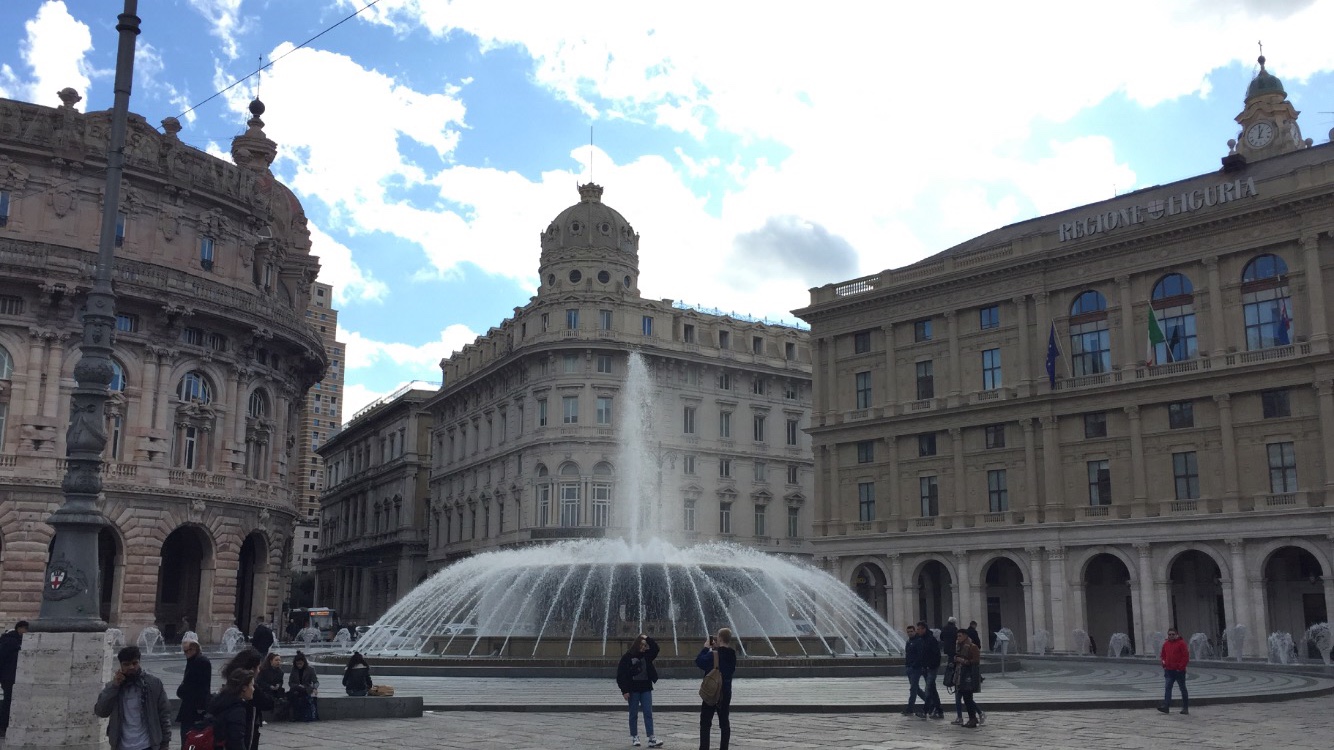
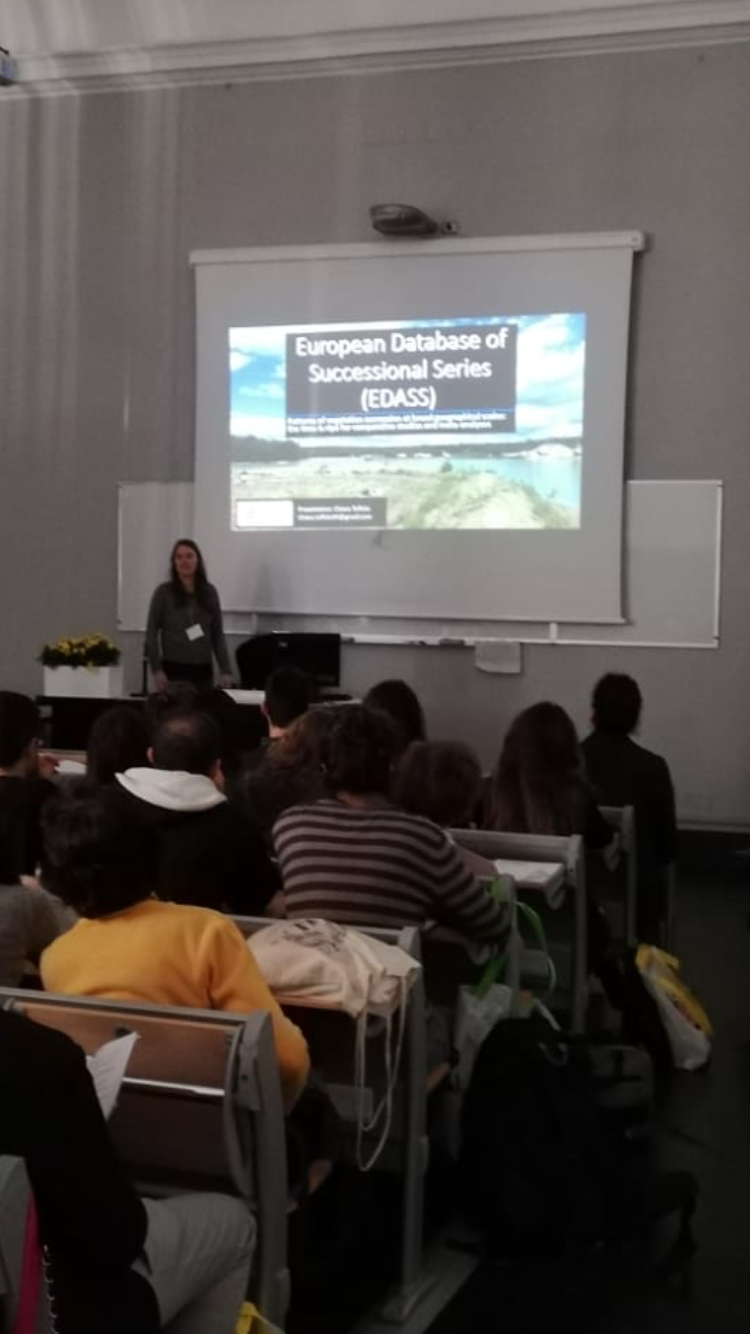
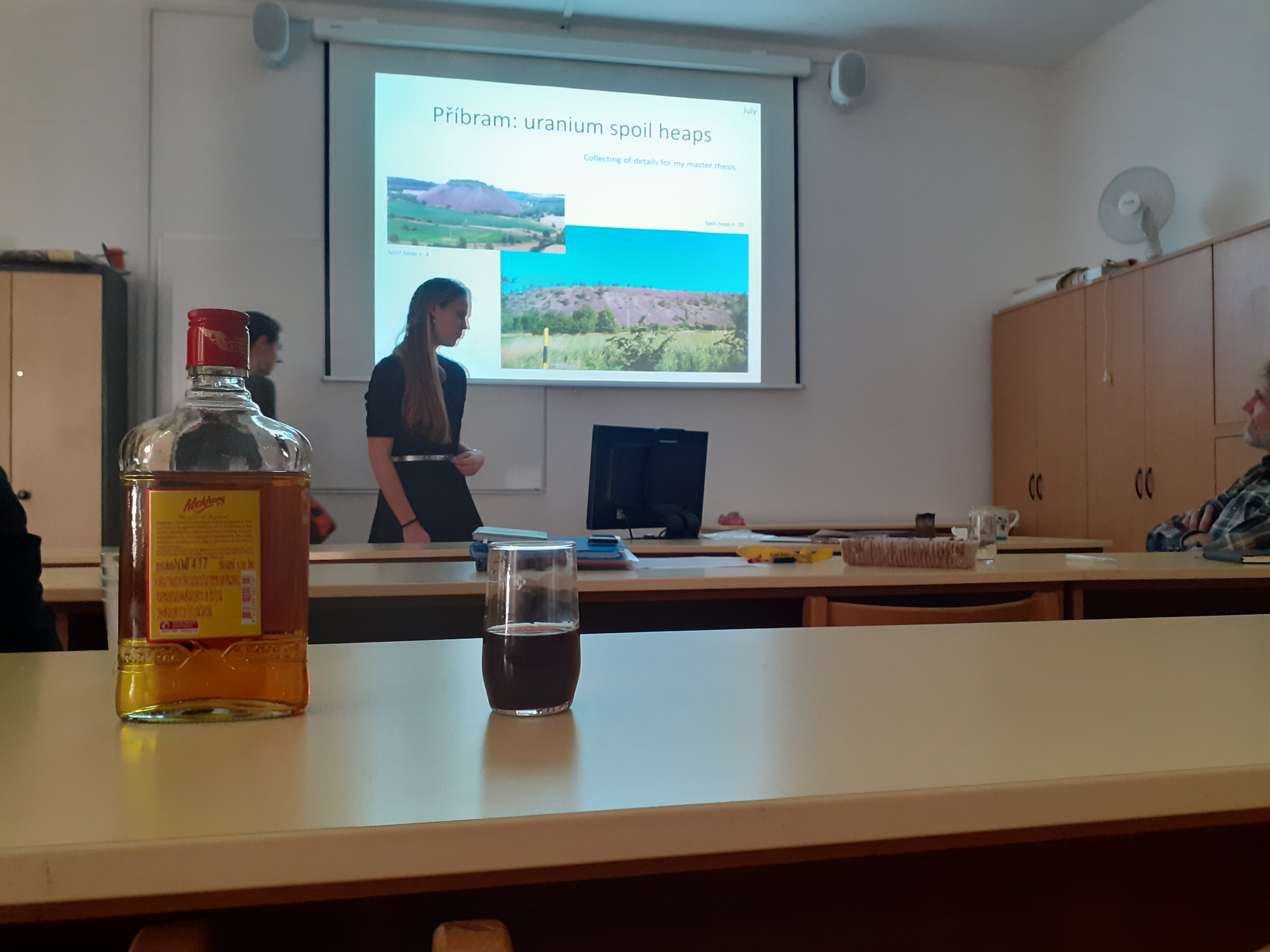 Our group usually meets at the end of the year and discuss about the past season. We talk about our successes and address any eventual problems. And we also celebrate because we were successful with two project proposals. In the next years we will therefore deal with enlargement of our Database of Successional Series across Europe, and meadows in White Carpathians which were regrassed with a regional seed mixtures in the past. Happy new year 2020!
Our group usually meets at the end of the year and discuss about the past season. We talk about our successes and address any eventual problems. And we also celebrate because we were successful with two project proposals. In the next years we will therefore deal with enlargement of our Database of Successional Series across Europe, and meadows in White Carpathians which were regrassed with a regional seed mixtures in the past. Happy new year 2020!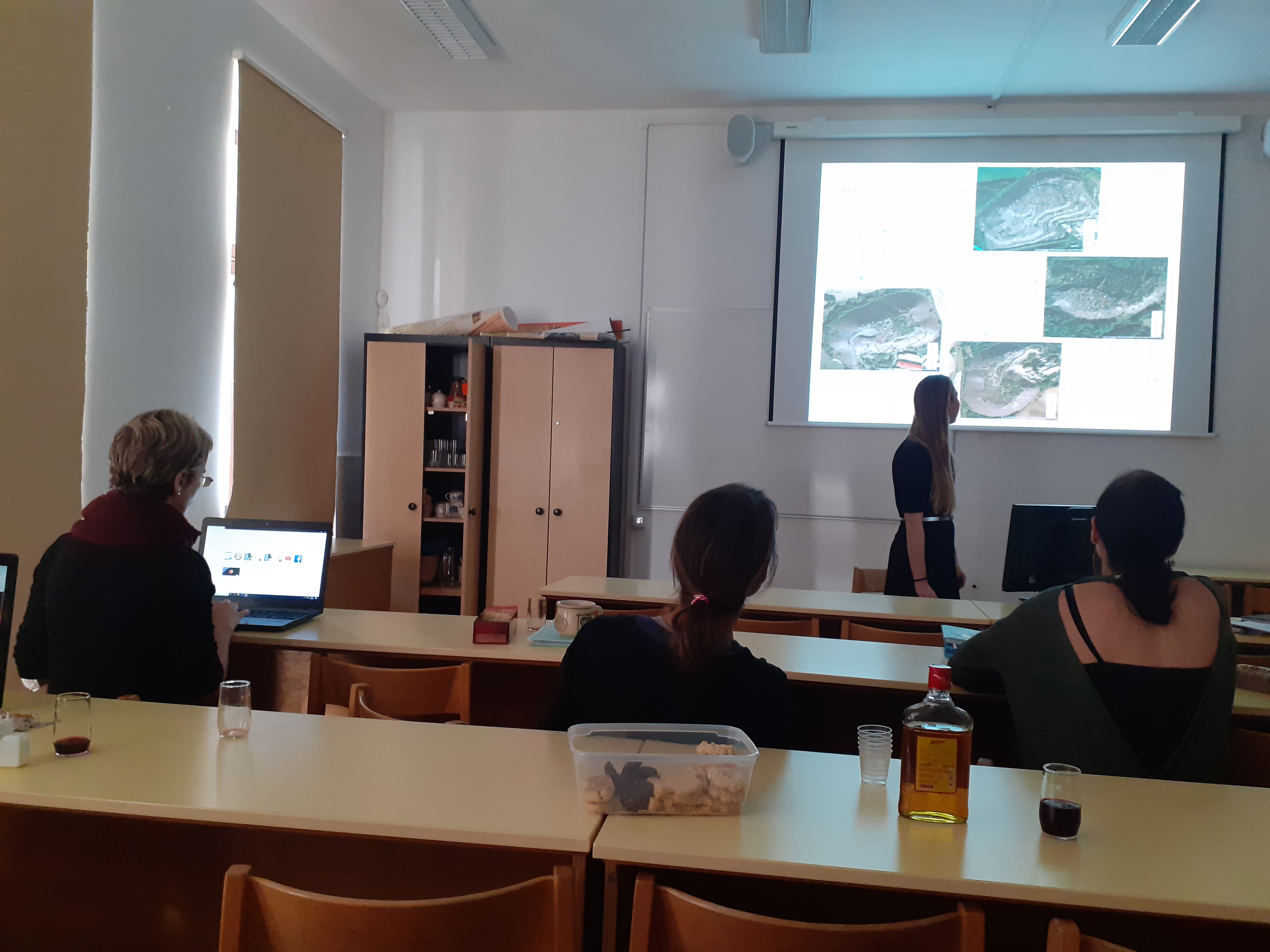
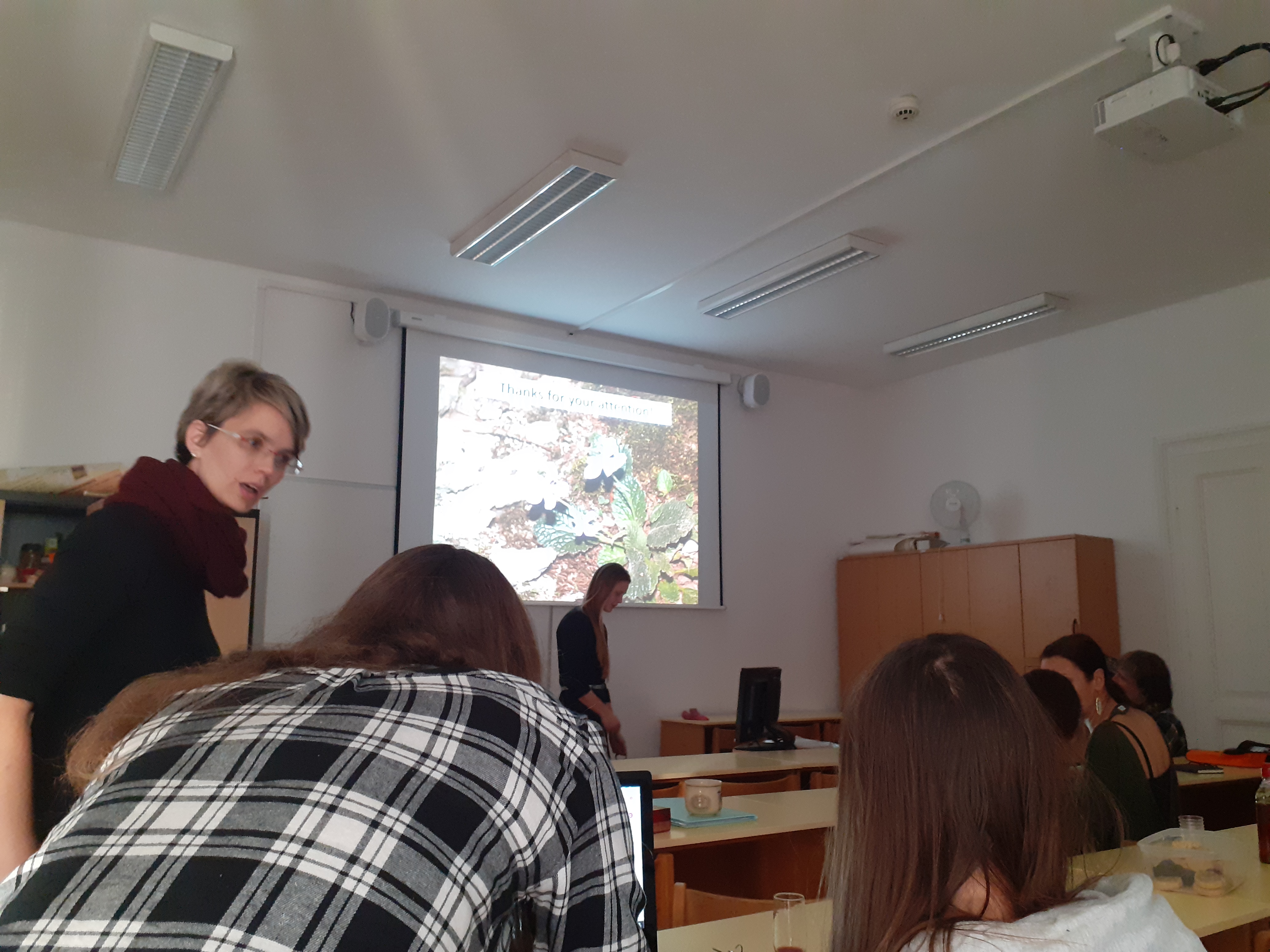
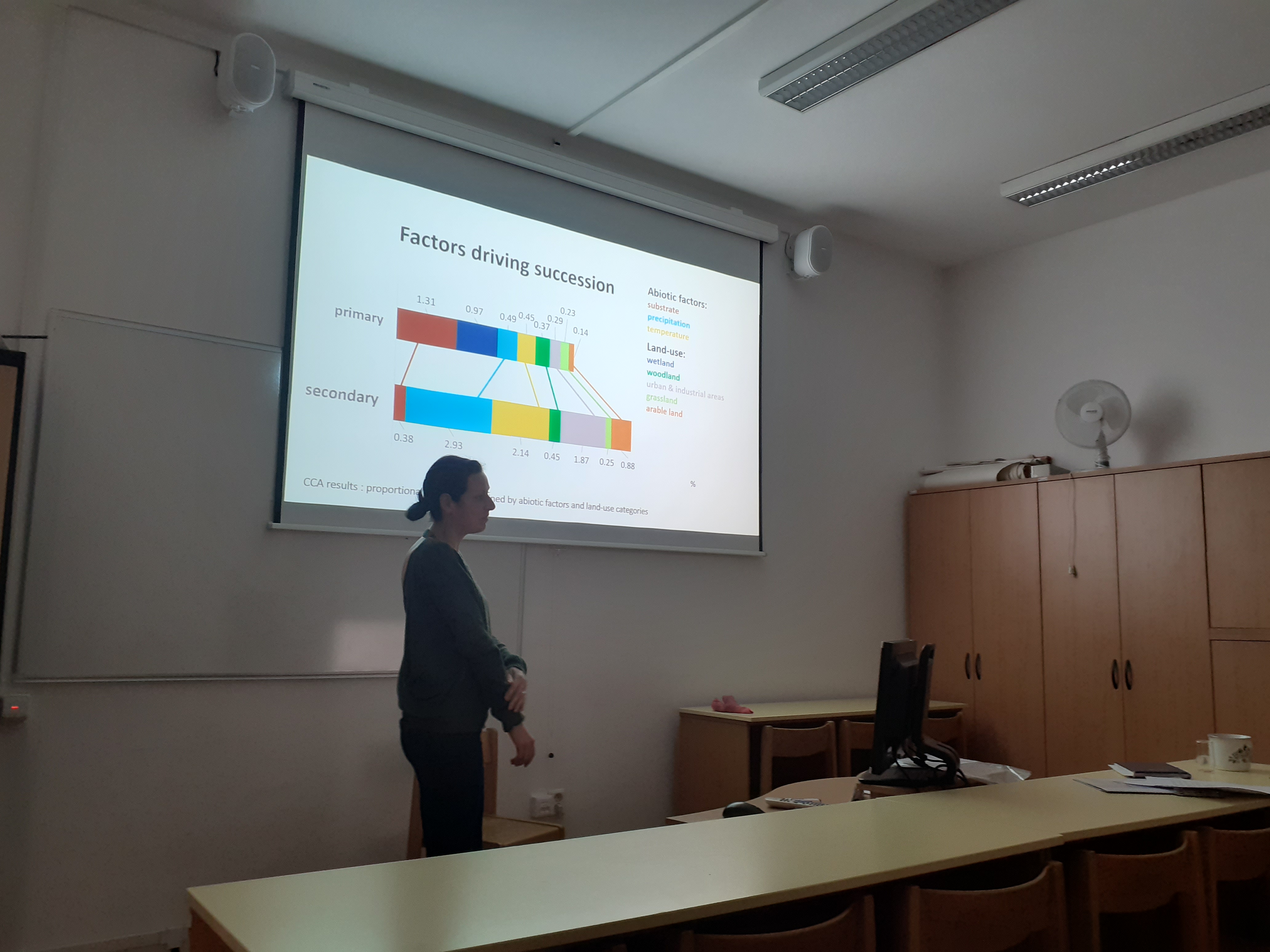
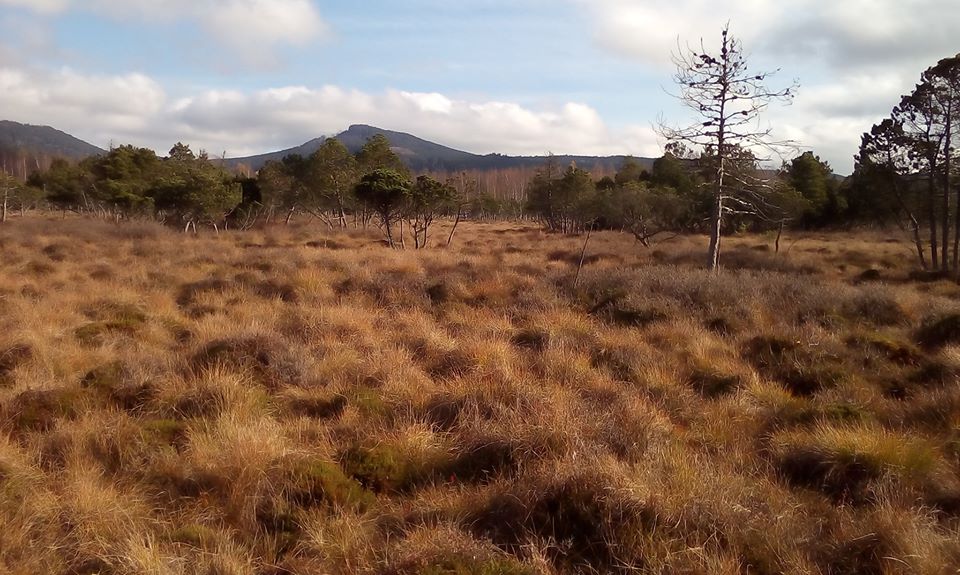 We successfully finished the first season of our interesting project working in mined as well as preserved peatbogs. Our aim is to find out which species of fungi, mosses and higher plants grow there and which species of butterflies occur there and, moreover, why some species do still not occur on the mined peatbogs. We also performed experimental sowing of berries of bog cranberry (Vaccinium oxycoccos) in selected peatbogs to find out if it does not grow there because it still has not spread there or because there are unsuitable conditions there. Hopefully, we will be able to answer this and many other questions in the next years.
We successfully finished the first season of our interesting project working in mined as well as preserved peatbogs. Our aim is to find out which species of fungi, mosses and higher plants grow there and which species of butterflies occur there and, moreover, why some species do still not occur on the mined peatbogs. We also performed experimental sowing of berries of bog cranberry (Vaccinium oxycoccos) in selected peatbogs to find out if it does not grow there because it still has not spread there or because there are unsuitable conditions there. Hopefully, we will be able to answer this and many other questions in the next years.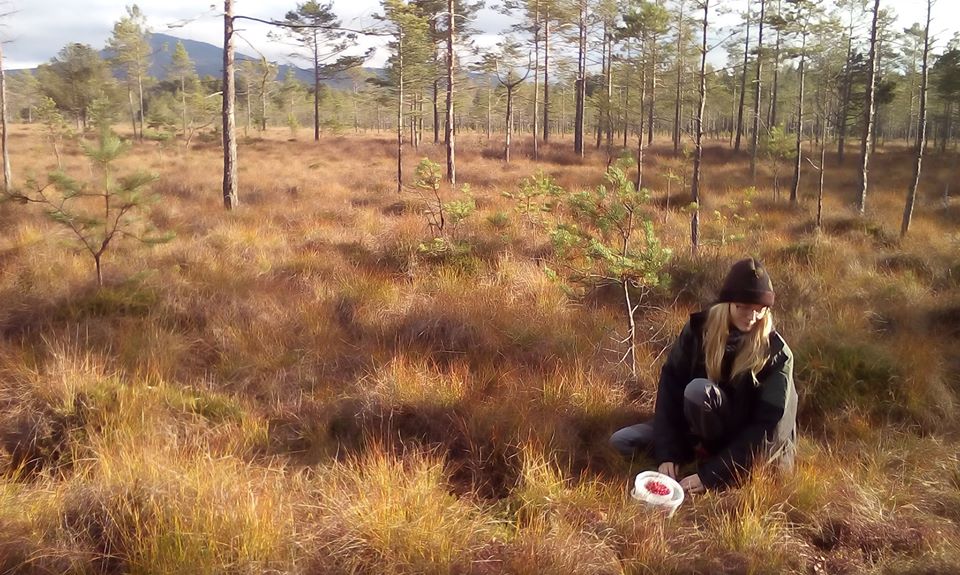
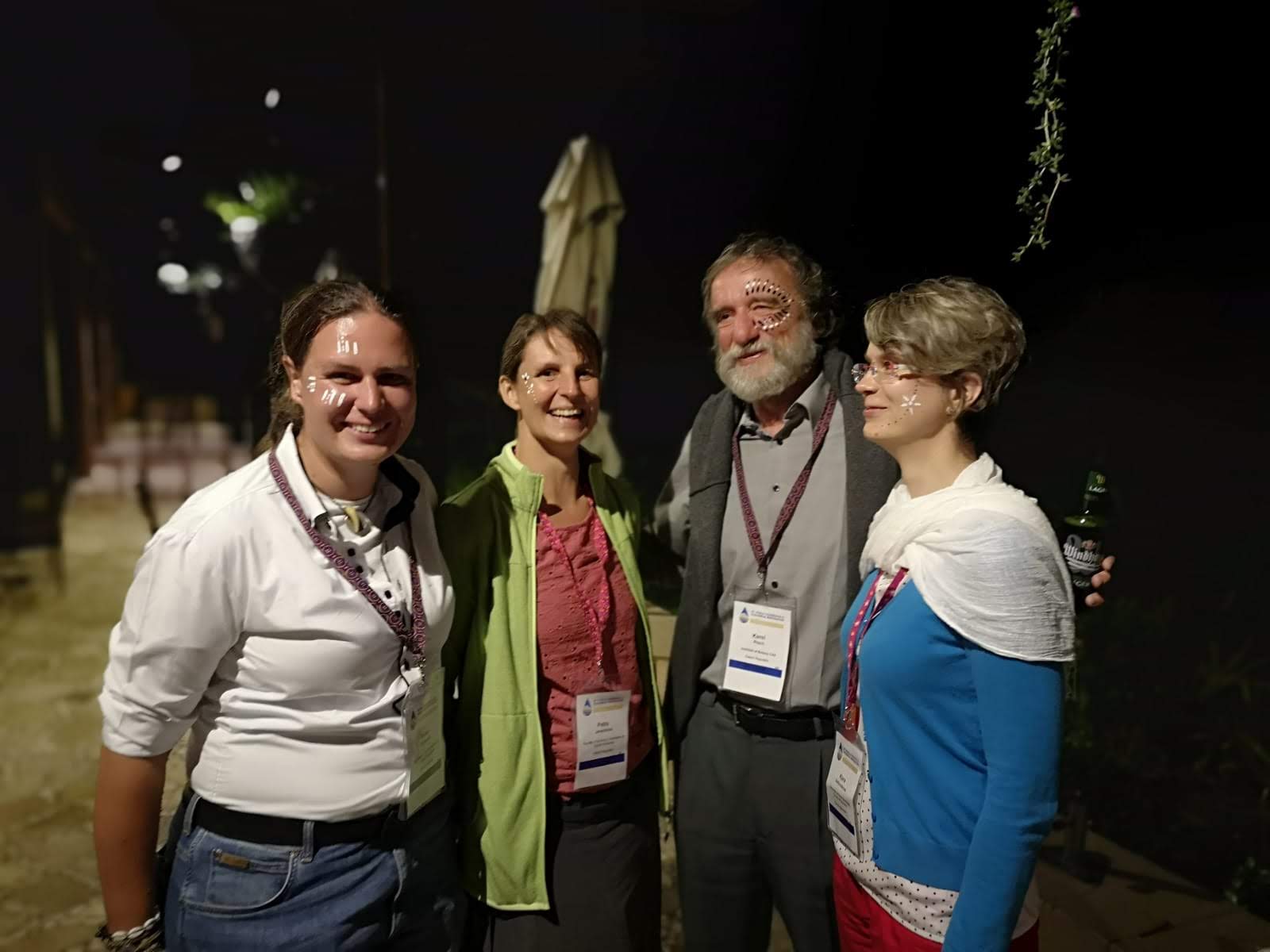 This year's international conference on Restoration Ecology was held in South Africa in Cape Town. Our working group was represented by Anička Müllerová and Petra Janečková who presented their posters, Klára Řehounková who had a talk about the results of analyses fo our Database of Successional Series, and Karel Prach who chaired a special section. The conference was very successful and we had great experiences even outside the conference venue...judge for yourself!
This year's international conference on Restoration Ecology was held in South Africa in Cape Town. Our working group was represented by Anička Müllerová and Petra Janečková who presented their posters, Klára Řehounková who had a talk about the results of analyses fo our Database of Successional Series, and Karel Prach who chaired a special section. The conference was very successful and we had great experiences even outside the conference venue...judge for yourself!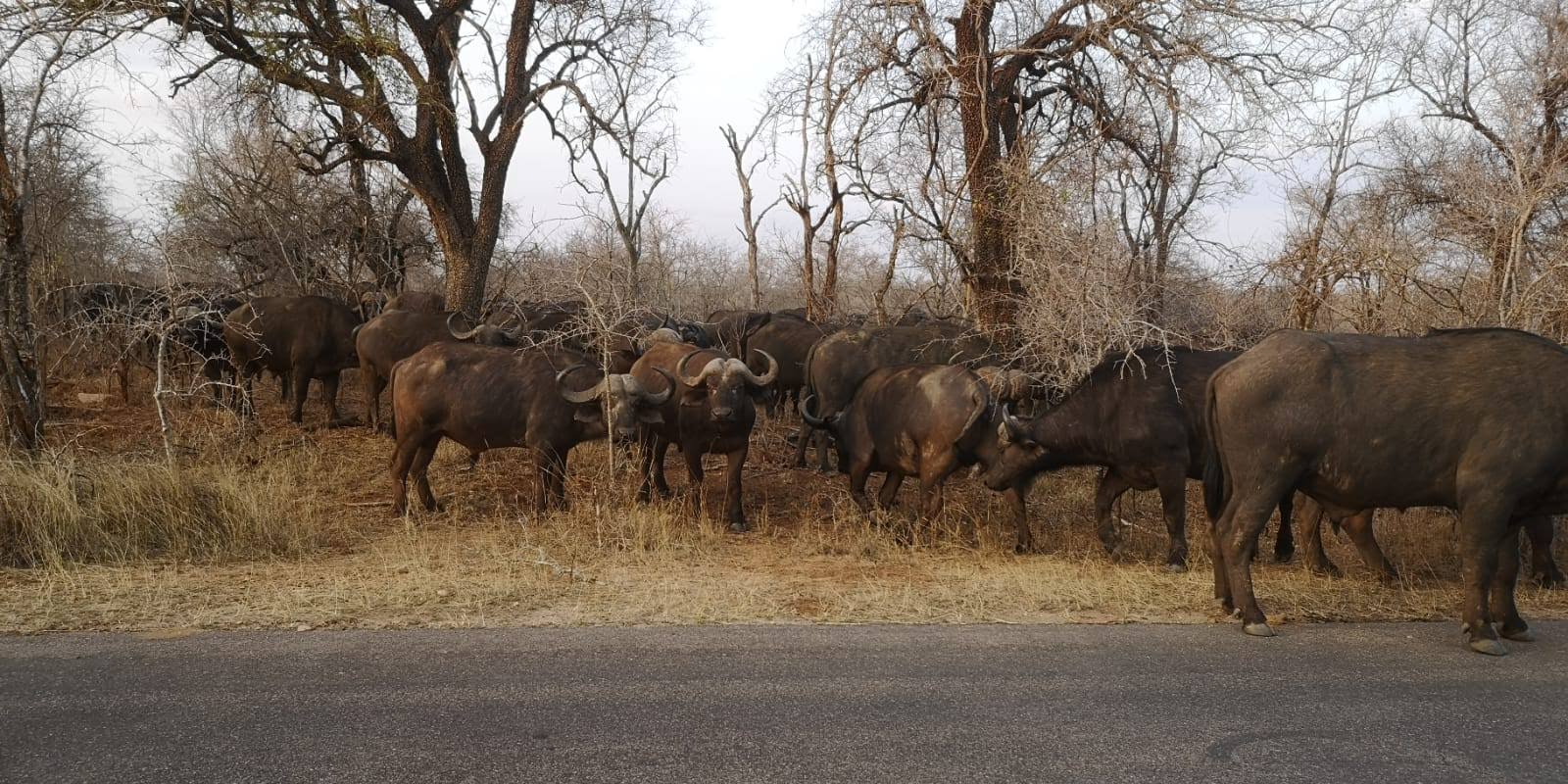
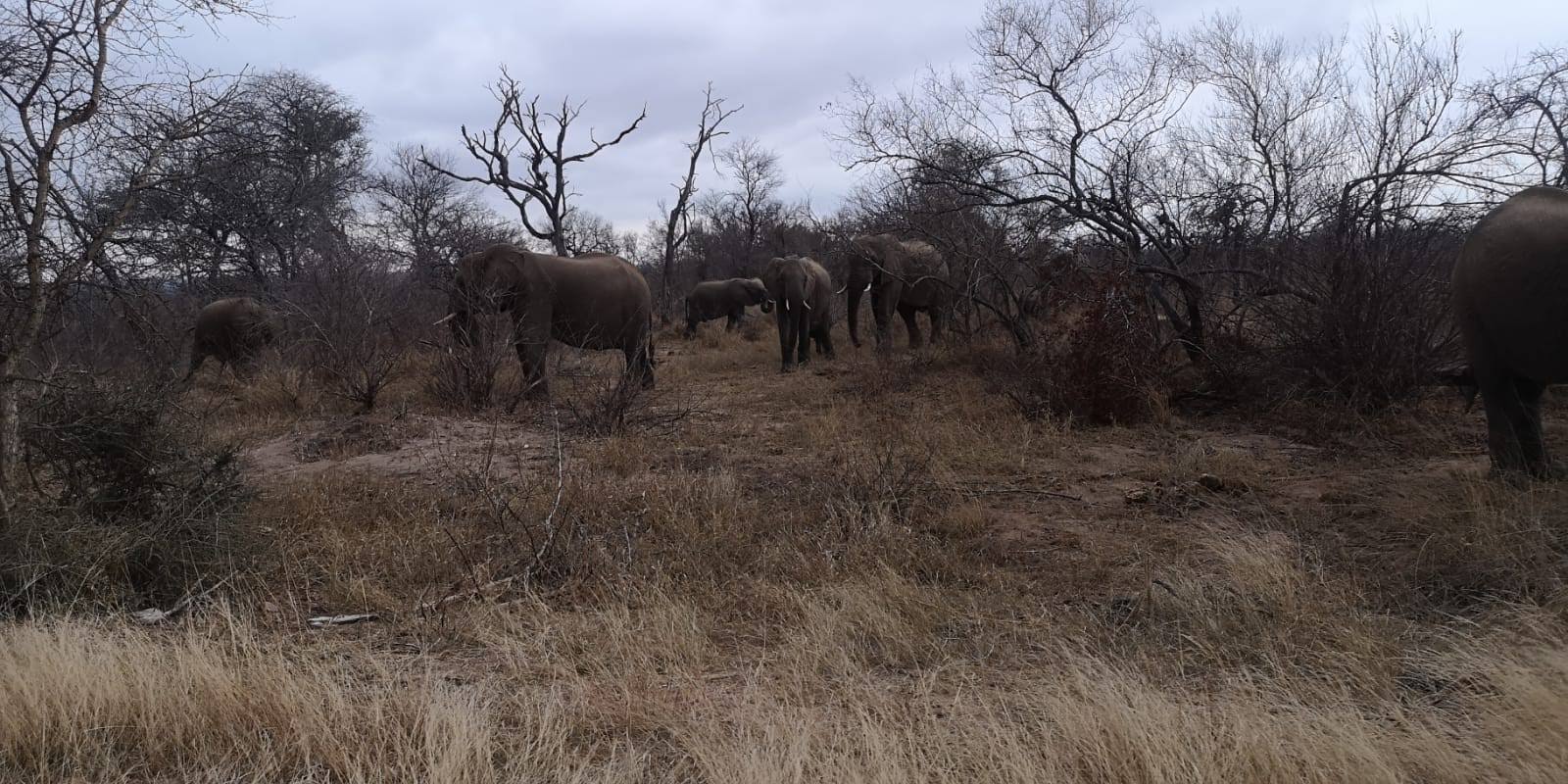
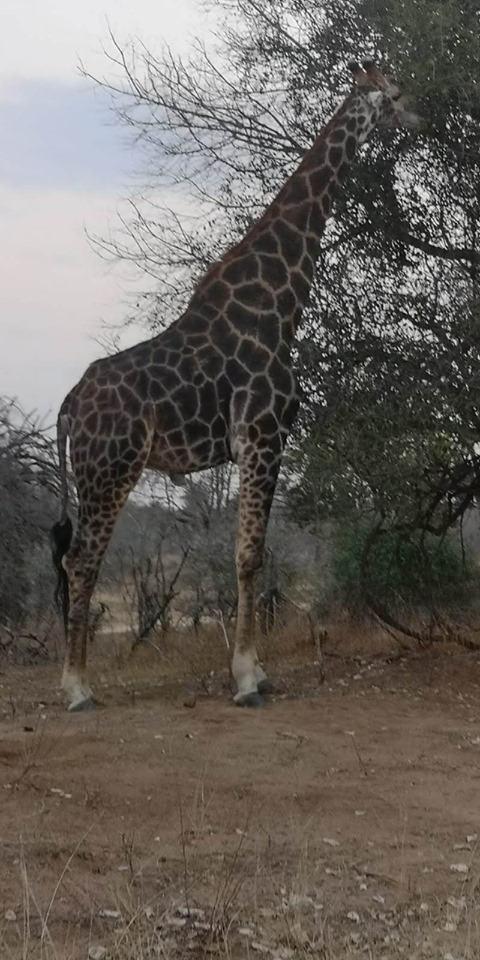
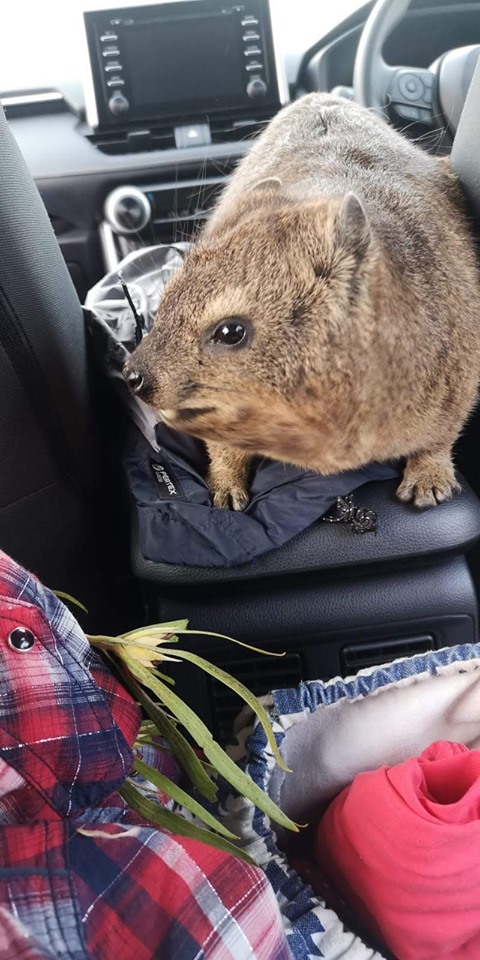
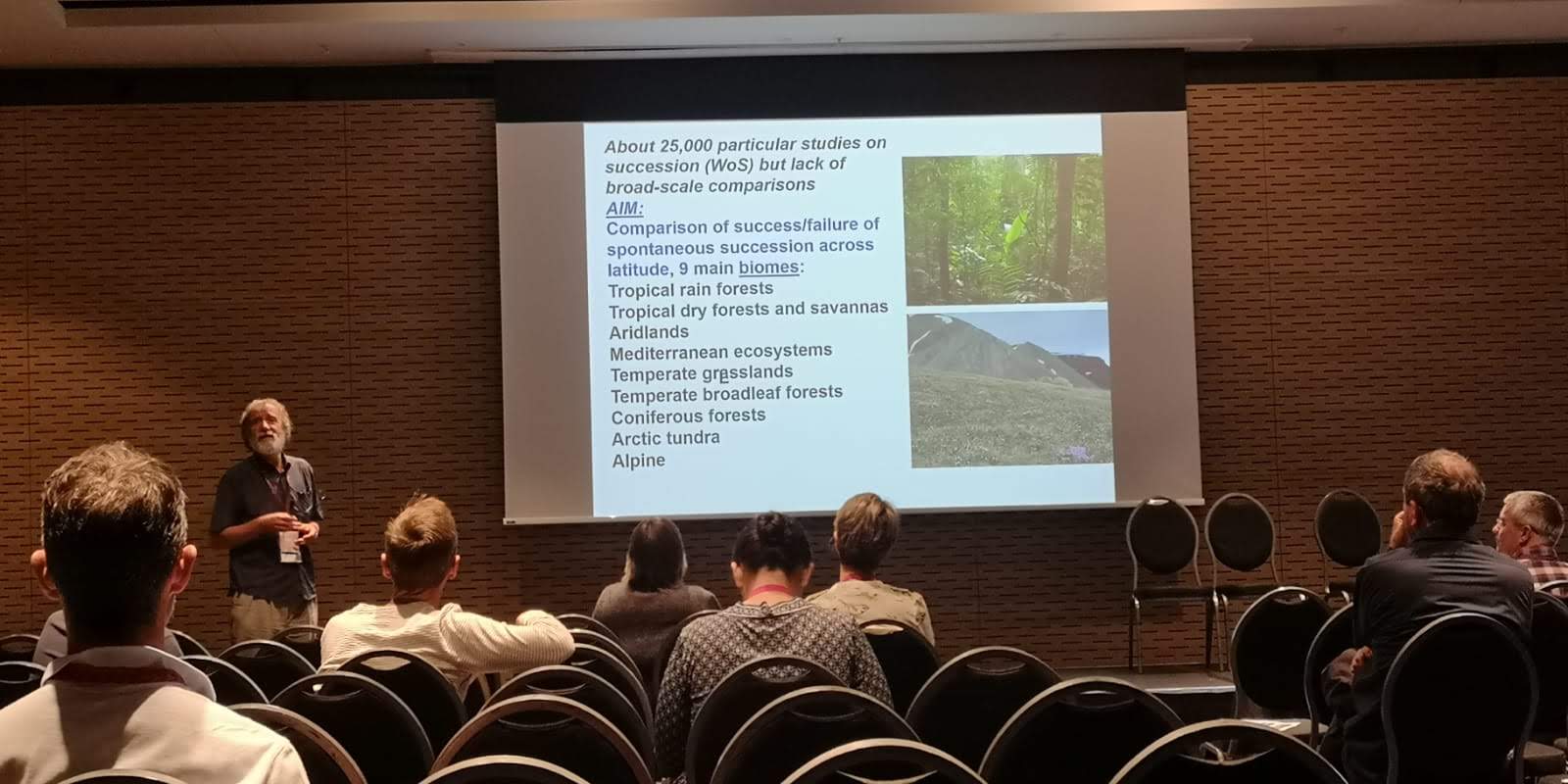
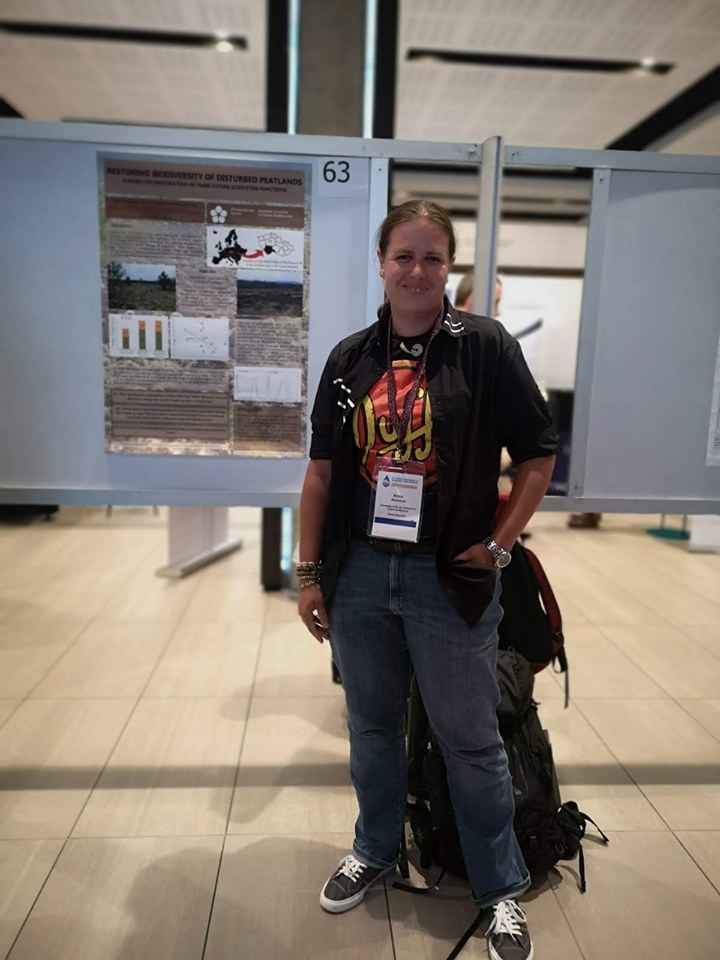
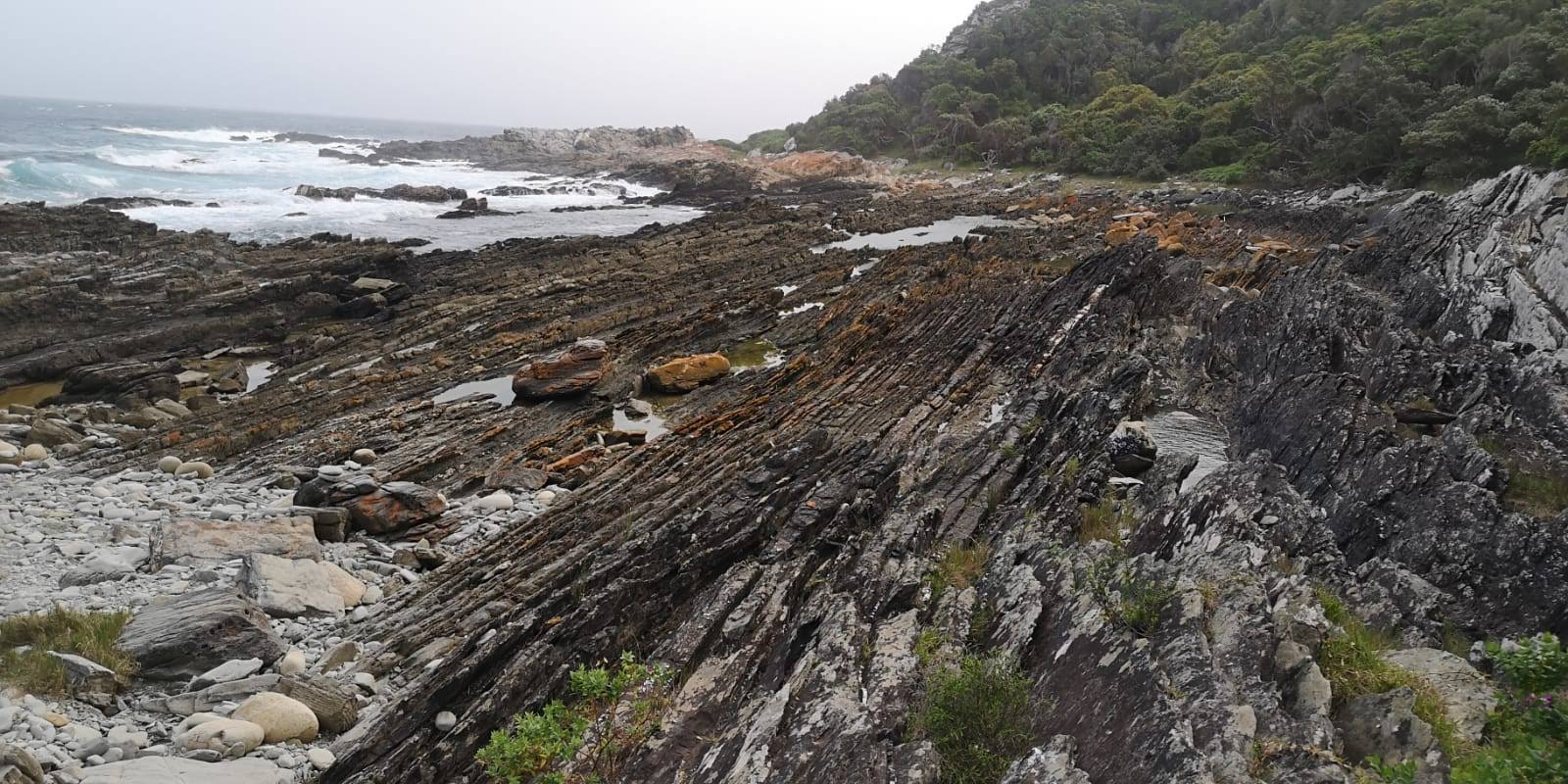
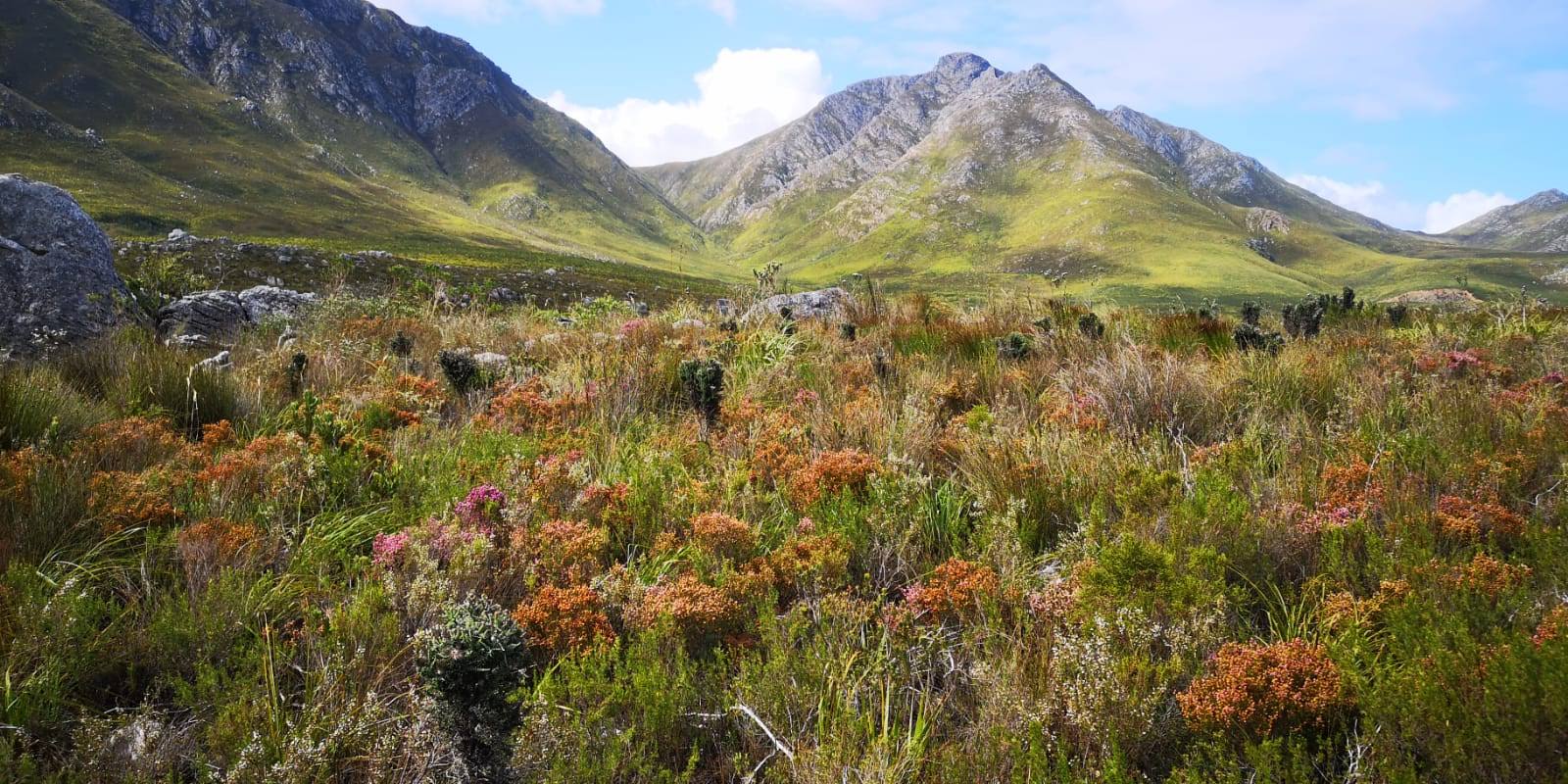
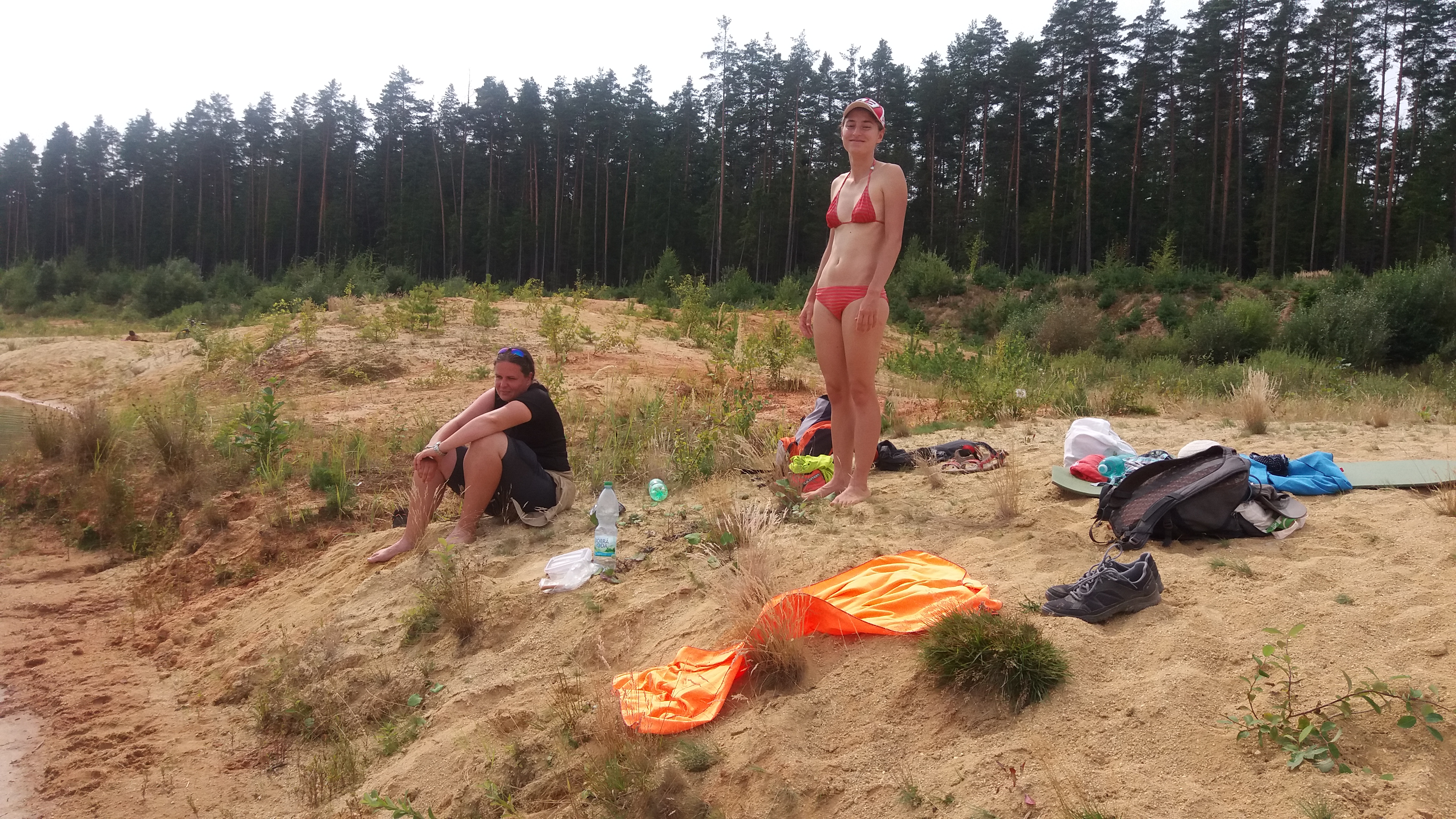 We ended up this vegetation season in style on the beach and now we are ready for processing the data. We are greatful for help of our foreign students Chiara Tofollo from Milan who will stay till Christmas, and our almost "naturalized" post-doc Miguel Ballesteros Jiménez from Spain. We thank to all people who joined us and helped in the field!
We ended up this vegetation season in style on the beach and now we are ready for processing the data. We are greatful for help of our foreign students Chiara Tofollo from Milan who will stay till Christmas, and our almost "naturalized" post-doc Miguel Ballesteros Jiménez from Spain. We thank to all people who joined us and helped in the field!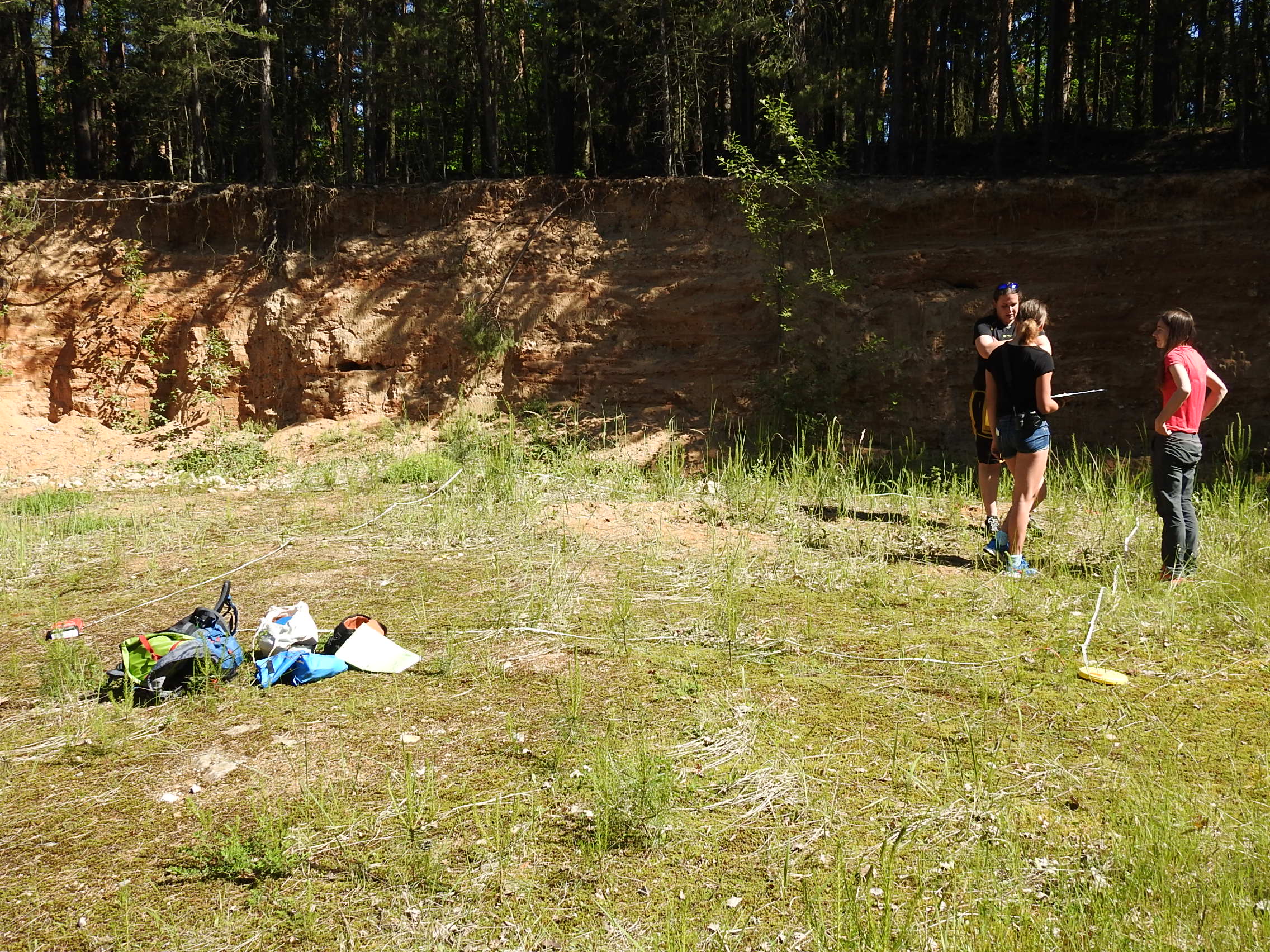 We continue in our promising project on support open habitats in abandoned sand pits using geocaching. Visitors help to disturb the dead biomass layer and turfs by trampling thus mintaining bare substrate suitable for competitively weak species of plants and endangered species of insects.
We continue in our promising project on support open habitats in abandoned sand pits using geocaching. Visitors help to disturb the dead biomass layer and turfs by trampling thus mintaining bare substrate suitable for competitively weak species of plants and endangered species of insects.
